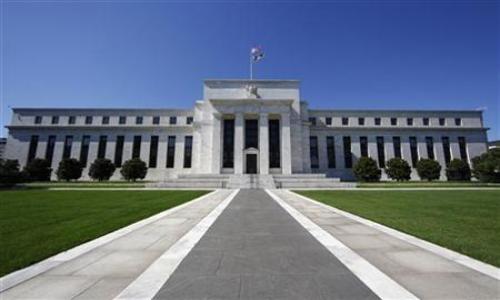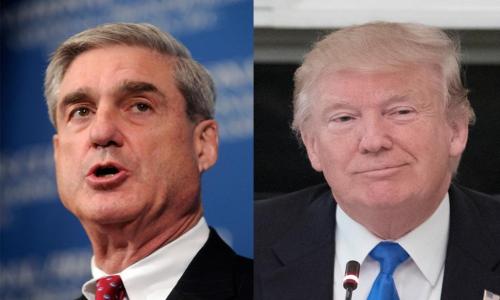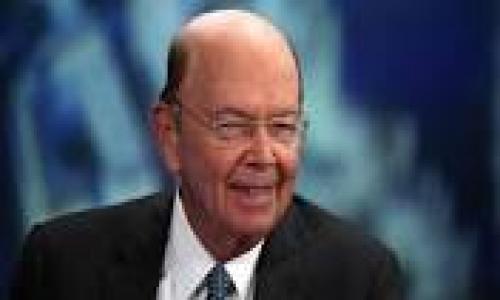The outcome of the FOMC meeting last week was not surprising – the Fed cut its estimates of 2011 economic growth, increased its estimate of the jobless rate, pledged to keep fed fund rates lower for an even extended period and opened the door to more stimulus. This month saw the end of the second round of quantitative easing, and although it did not achieve much on the recovery front, it did reduce the concerns of a deflationary environment. It was amidst these concerns of a double dip last year that the Fed had decided to carry out QE II.
At this time, there are two opposite tendencies for interest rates. The stronger of these is the one that will keep rates lower at least through this year. Although the Fed realizes that the recovery faces strong headwinds such as slow job growth and a discouraging housing market, another round of monetary stimulus clearly exposes the US to the risk of a high inflation. So injecting new money is out of the question unless the Fed sees a strong threat to the recovery. However, the Fed will continue to be accommodative, and has pledged to keep interest rates low and intends to maintain its balance sheet at about $2.6 trillion through this year. This implies that over the coming year, the Fed will continue to buy about $25 billion worth of Treasuries each month as the debt on its portfolio matures. The combined effect of this means a period of low rates at least until the end of this year.
There is however another tendency that might pull rates higher in the near future. Standard & Poor’s and Moody’s Investor Services have said that they might consider cutting the rating of the US government debt should no progress be made on the debt borrowing limit by next month. A downgrade would increase the yields on Treasuries, pushing prices lower and rates higher. This would further support the migration to riskier assets that began when the Fed started purchasing Treasuries last year. But this is to me is no less than a black swan event – a low probability event having a huge impact. The government will not risk downgrading the US debt, since this could cause turmoil in the global financial markets.
Rates are not headed anywhere for a while – definitely not up. So for the risk-averse investors seeking a safe income stream, T-bonds will continue to be an unattractive and very low yield investment. Savvy investors, however, will want to avoid locking up their money for long periods at this point, and might want to consider corporate bond funds and high dividend yielding blue chips in the US.














Add your Comment
use your Google account
or use your BestCashCow account